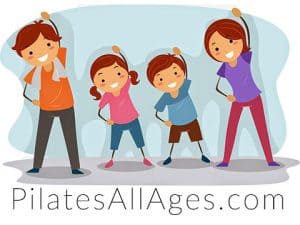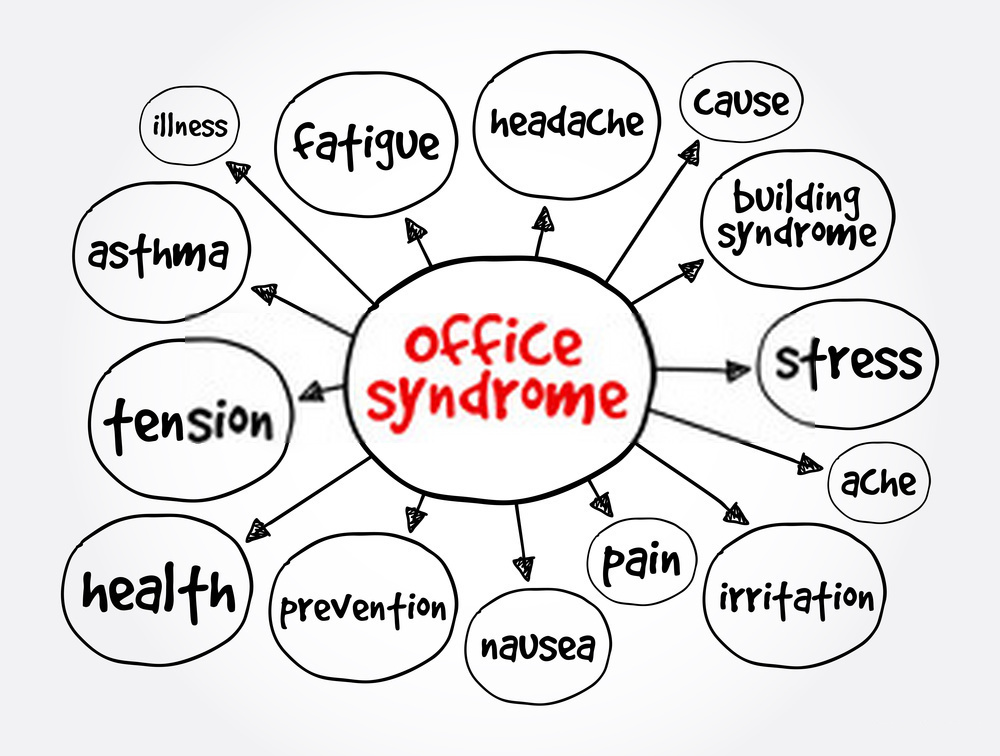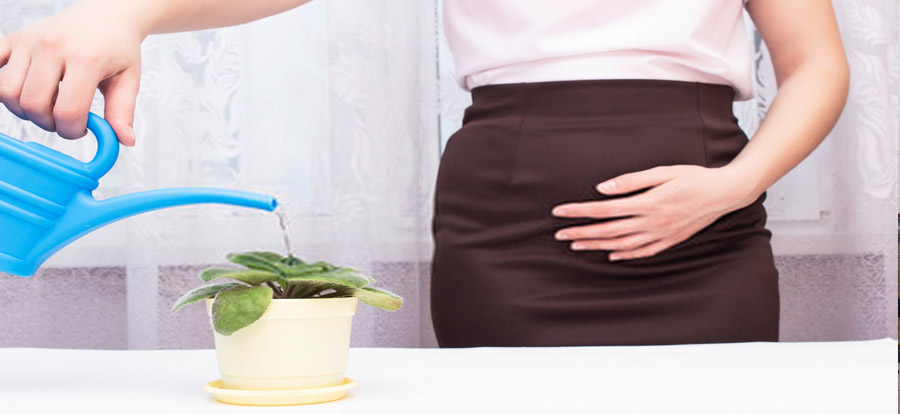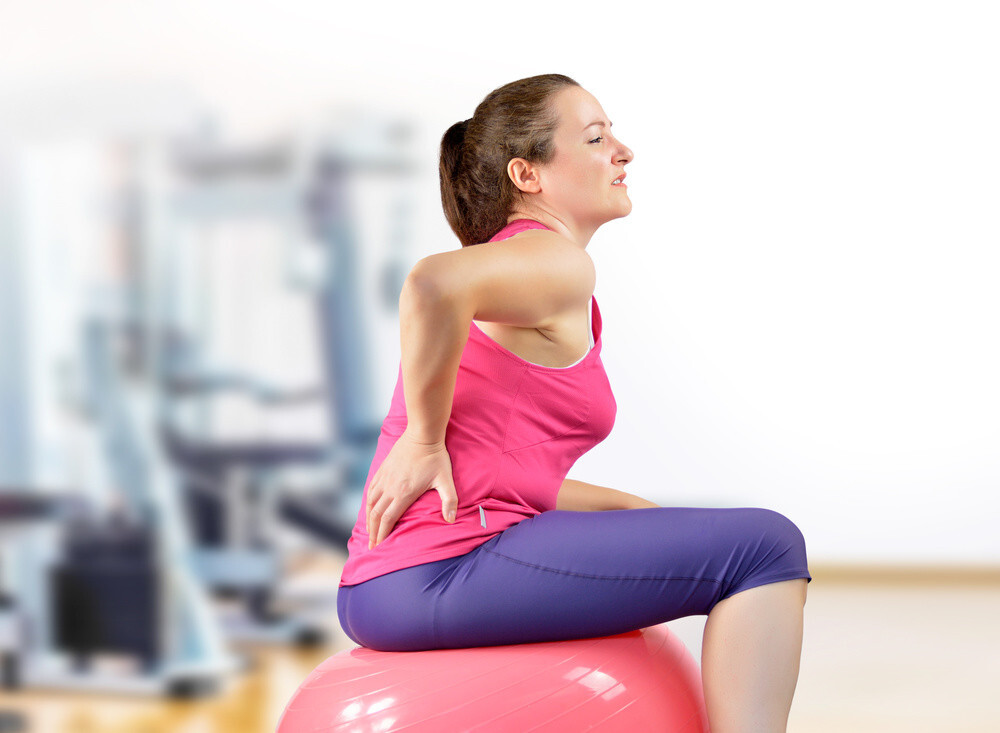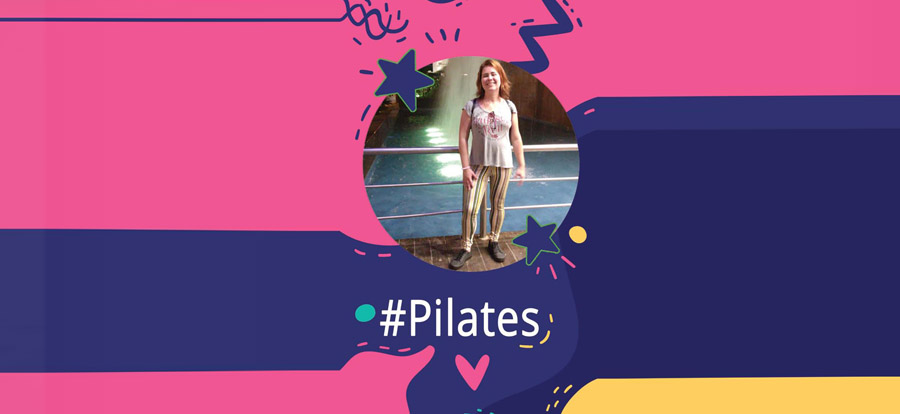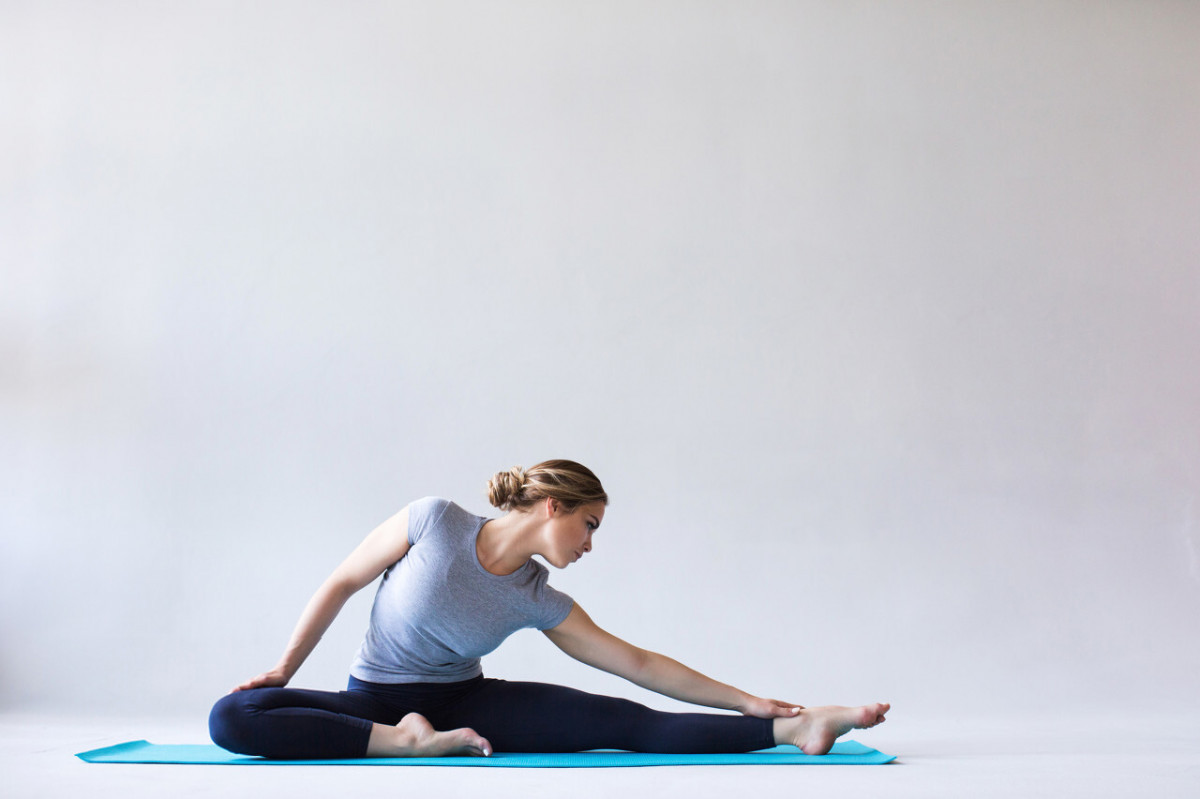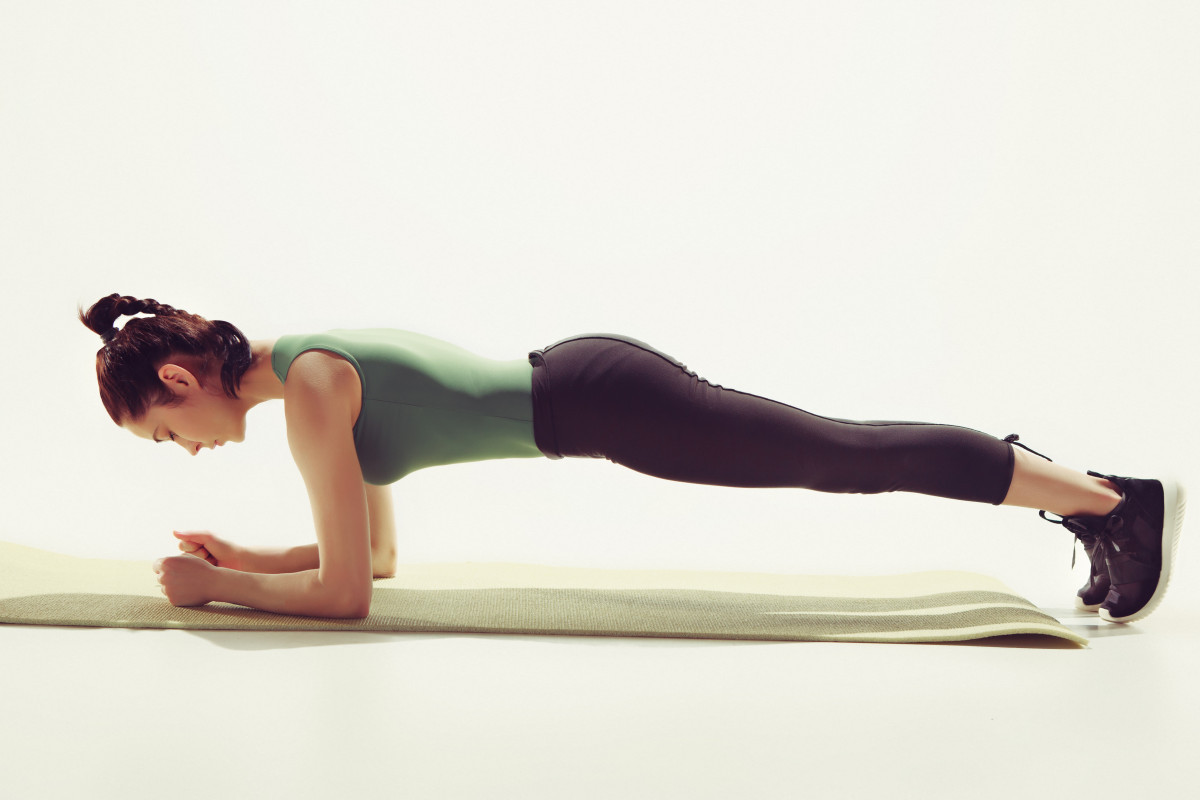According to data from the World Health Organization (WHO), about 80% of the world population will have some type of back problem during their life.
Among the factors that predispose this high frequency are inadequate daily habits, such as poor posture, the use of non-ergonomic furniture, the frequent use of backpacks and heavy bags, physical inactivity, stress and the continued use of smartphones .
Despite being worrying, this scenario opens a favorable field of action for Pilates: an efficient activity that has been increasingly indicated for the treatment of the spine of different problems that affect it.
This technique promotes muscle strengthening, increases flexibility and balance, which are fundamental requirements for maintaining a healthy spine.
For this reason, we have gathered in this text epidemiological data, information about the importance of professional qualification and, also, about the problems and exercises most suitable for Pilates in the treatment of the spine.
Spine problems: potential audience for a Pilates Studio
The market for Pilates Studios is booming and has become a very promising industry for physiotherapists and physical educators.
This physical modality is one of the most sought after for the treatment of certain orthopedic problems, mainly for back pain. For this reason, we brought some data about this health problem, in order to exemplify the strength of the Pilates market in Brazil.
Back pain is one of the most common health complaints worldwide, both among adults and among elderly women.
Currently, there are estimates that about two-thirds of the world’s adult population have experienced some form of back pain at some point in their lives.
Thus, spinal problems are a relevant factor of morbidity for adults and the elderly. Depending on the intensity and the cause, pain can cause several health impacts, such as decreased ability to perform daily activities – including those related to work -, loss of physical conditioning, problems with social interaction and even depression.
The importance of correct practice with professional support
Due to the high frequency and the impacts they have on quality of life, back pain acquires the status of an important public health problem. For this reason, they must be adequately treated, in order to avoid even more serious damages for people living with this health problem.
Among the factors that determine the effectiveness of spine treatment, including the approach with Pilates, is the professional qualification that is accompanying the patient.
Pilates is excellent for strengthening several different muscle groups, such as the back, thighs and hips, ensuring an improvement in posture, mobility, tone and flexibility.
As a consequence, there is significant relief from back pain. However, if the activities are performed incorrectly or if an exercise is contraindicated for a specific problem, instead of helping, Pilates will further damage the patient’s spine.
Thus, when poorly practiced, exercises can cause muscle strains, herniated discs, and temporary or permanent functional losses, for example. In this scenario, it is essential that physiotherapists specialize before starting their activities in a Pilates Studio.
Main spine problems that can be worked on
The spine can be affected by several different problems, which are also caused by different factors, ranging from degenerative disorders to functional changes related to aging. Despite the different causes, Pilates is indicated as a therapeutic approach for a large part of these problems:
Backache
The term low back pain is used to describe the set of pains that affect the lower back. As with neck pain, low back pain can also be caused by different causes, but among the most common are poor postural positions.
This painful manifestation is the most frequent complaint in modern society, and, according to epidemiological studies, about 65 to 90% of the adult population may suffer an episode of low back pain at some point in life. In addition, pain is an important factor in morbidity and functional disability.
The main symptom is pain in the lumbar region, which can start discreetly and progressively evolve in intensity, worsening during movement. It can also be accompanied by muscle contracture.
Again, pilates is a great therapeutic approach for low back pain, as it strengthens the muscle groups in the back, pelvic floor and thighs, helping support the spine and significantly improving posture.
Lordosis
The spine has a physiological curvature, with anterior convexity, located in the lumbar and cervical region, which is called lordosis.
However, this curvature can take on deformed aspects, which can be of three types:
With an angle greater than 600, when it is called hyperlordosis;
Situating in a different region from the cervical and lumbar region;
Straight or rectified.
These spinal deviations can be caused by different factors. Generally, the most common lumbar hyperlordosis is associated with a pelvic anteversion, which, in turn, is caused by a weakness of the abdominal and gluteal muscles or by shortening of the lumbar muscle. Other frequent causes are improper posture, pregnancy, and obesity.
Among the symptoms of lordosis is reduced mobility, changes in body posture, such as the prominence of the head or abdomen and pain.
Pilates increases strength, flexibility and improves stretching, correcting postural problems, and relieving pain caused by this problem.
Scoliosis
Seen from the frontal plane, the column has a linear aspect, and changes in this pattern are called deviations. When the spine has a curvature greater than 100, the deviation is called scoliosis.
In addition to the deviation in the frontal plane, scoliosis is also characterized by torsion in all other planes of space, so that the spine curves forward, backward and around its own axis.
Scoliosis can take different forms and have different degrees of torsion, which will determine its severity, the need and the type of treatment. In addition, it can be caused by different factors.
In most cases, it is idiopathic and may also be congenital or post-traumatic. Among the consequences that scoliosis can cause is pain, wear on the intervertebral discs, compressions of the nerve roots and changes in breathing capacity.
When indicated for the treatment of this deviation, Pilates strengthens and stabilizes the muscles, helping to relieve pain, improving balance and mobility.
Ciphose
Seen from the sagittal plane, the spine has physiological curvatures in the thoracic and sacral region called kyphosis. However, when this curvature is greater than an angle of 40 degrees, it becomes a deviation of the spine and is called hyperkyphosis.
This deviation can also be caused by different factors, being, in most cases, idiopathic. Other causes include trauma, birth defects and infections. Depending on the severity, kyphosis can result in pain and postural changes.
In cases where Pilates is indicated for the treatment of kyphosis, it strengthens the muscle groups on the back and promotes the stretching of the pectoral muscles, improving the aesthetic aspect and the balance of the body.
Recommended exercises and devices for spine treatment
As already noted, the spine can be affected by different health problems, which in turn are caused by different factors. Despite these differences, Pilates is a very efficient approach to most of these problems.
However, it is essential that the exercises are chosen according to the specifics of each patient, which includes age, physical and clinical condition, the cause and the type of problem that is affecting the spine. This, again, highlights the importance of specialization and professional qualification.
Below, we have separated some of the equipment used frequently in the practice of Pilates, as well as the most common exercises and their respective indications for spine problems. Check out!
Pilates exercises can be performed using equipment. A wide range of possibilities is offered by the devices, which are adjustable, and the exercises are practiced in a rhythmic and controlled manner, providing postural and respiratory improvement.
The choice between different equipment will depend on the therapeutic objective established for each patient.
Generally, the exercises performed for the treatment of the spine aim to strengthen deep muscle groups, responsible for stability, mainly those located in the vertebral, lumbar, abdominal, and thigh regions.
Fit Ball
The ball provides an unstable surface, recruiting different muscle groups from the person doing a specific exercise, increasing strength and balance. This equipment can be incorporated in different ways for the treatment of spinal problems, with some movements being spine mobilization and Glute Stretch.
Reformer
The Reformer is shaped like a bed, composed of a sliding cart and connected to springs of variable resistance. It is used for thigh, abdomen, hip and chest exercises, indicated for different spine problems.
Barrel
The barrel is widely used to improve spinal length and flexibility. This equipment has the shape of a half moon, coupled to a fixed ladder, which allows flexion and extension movements of the trunk.
Cadillac
The device has two sliding supports that make it possible to use the springs in different ways, allowing around 200 variations. Exercises can be performed in a sitting, lying, kneeling or standing position, which focus on the spine, pelvis, abdomen and shoulders.
Conclusion
Given the above, it was clear that spine problems are one of the main complaints of the world population, being very present among the elderly and workers from different occupational positions.
In addition, the treatment of these problems varies according to the type and cause, but Pilates is an important ally for most of them, since it offers improved strength and muscle tone, and also increases flexibility and ball.
Despite this importance for spine treatment, it is essential that physiotherapists and physical educators specialize in Pilates techniques, in order to increase safety for the patient!
